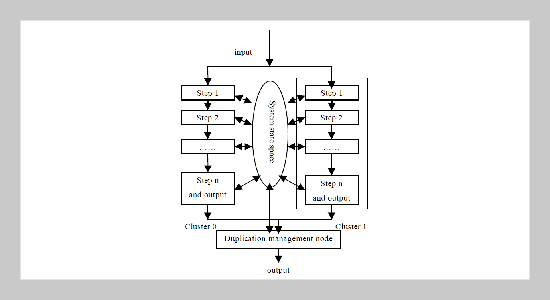Zhiying Wang1, Jeffrey J. P. Tsai This email address is being protected from spambots. You need JavaScript enabled to view it.1 and Chunyuan Zhang1 1Department of Electrical Engineering and Computer Science, University of Illinois at Chicago, Chicago, IL 60607, USA
Received:
March 1, 2000
Accepted:
September 1, 2000
Publication Date:
September 1, 2000
Download Citation:
||https://doi.org/10.6180/jase.2000.3.3.08
Distributed real-time systems have continually being developed for many real applications. It is very important to assure the reliability of such systems. However, developing a fault-free distributed real-time system is very difficult. Duplication is one of the fault-tolerant technologies for improving the reliability of distributed real-time computer systems. In this paper, we present a dual-cluster distributed real-time system model with four states to improve the reliability of distributed real-time systems. The system employs cluster switch, output arbitration and fault detection to increase its reliability. The system’s availability is evaluated according to the model. We also introduce a dynamic approach for visualizing and debugging the timing behavior of distributed real-time systems.ABSTRACT
Keywords:
distributed real-time systems, dual-cluster system, switch, debugging, timing analysis
REFERENCES
















